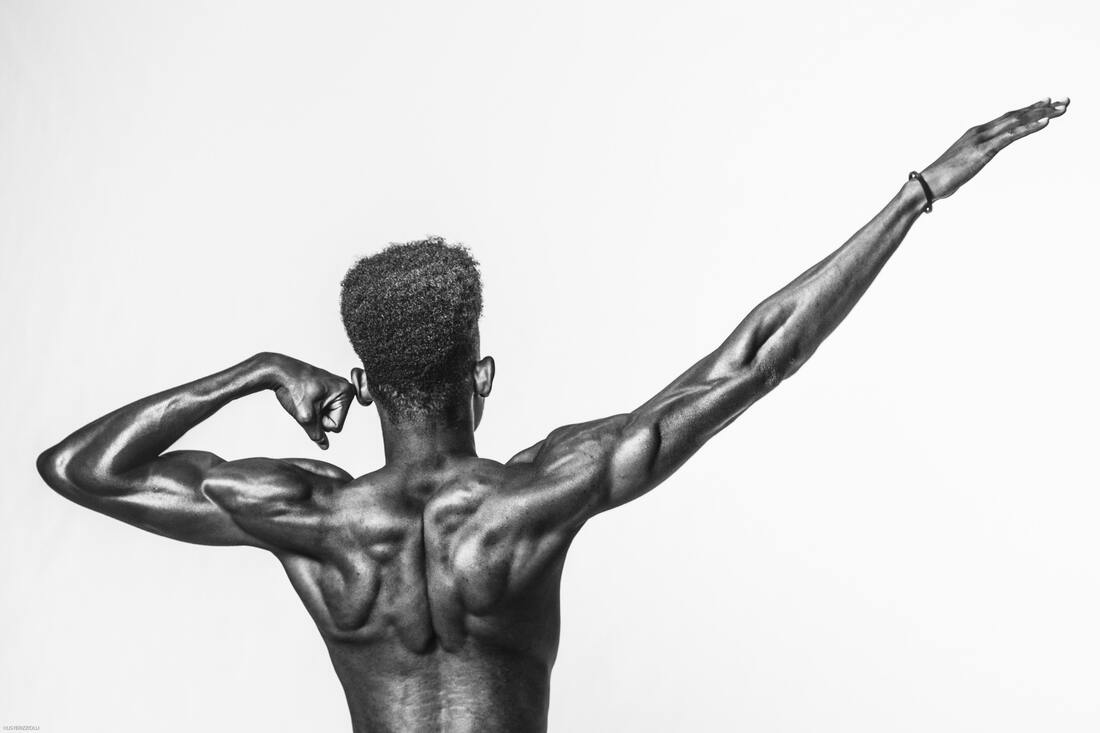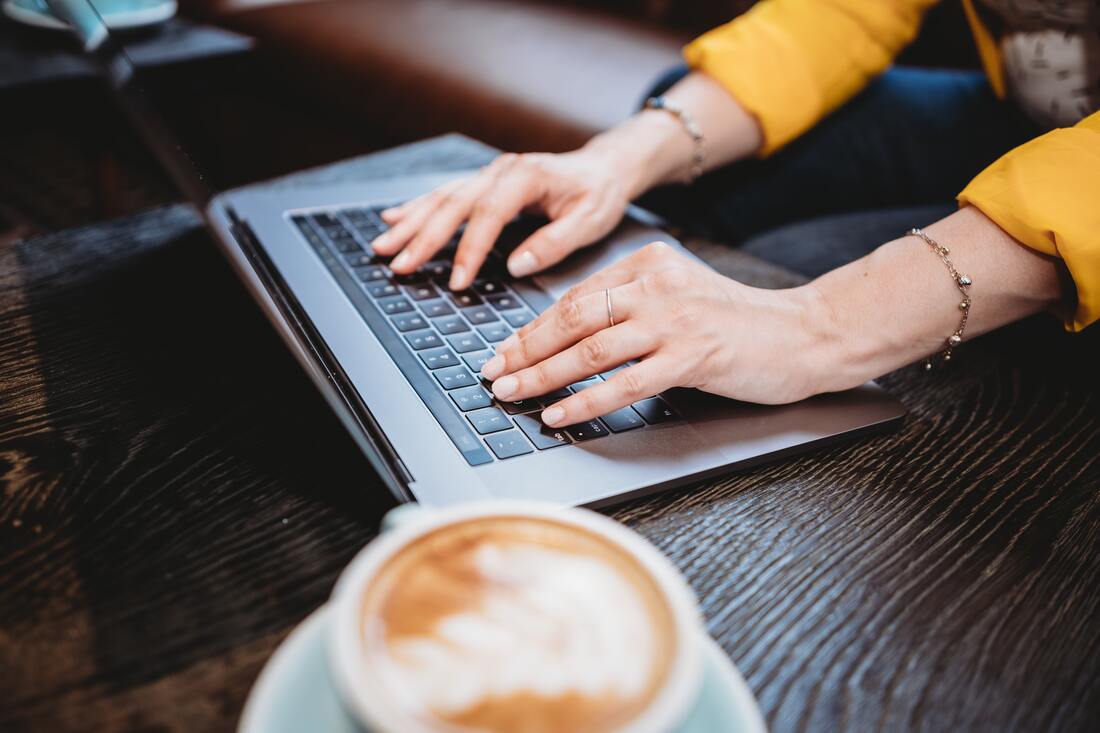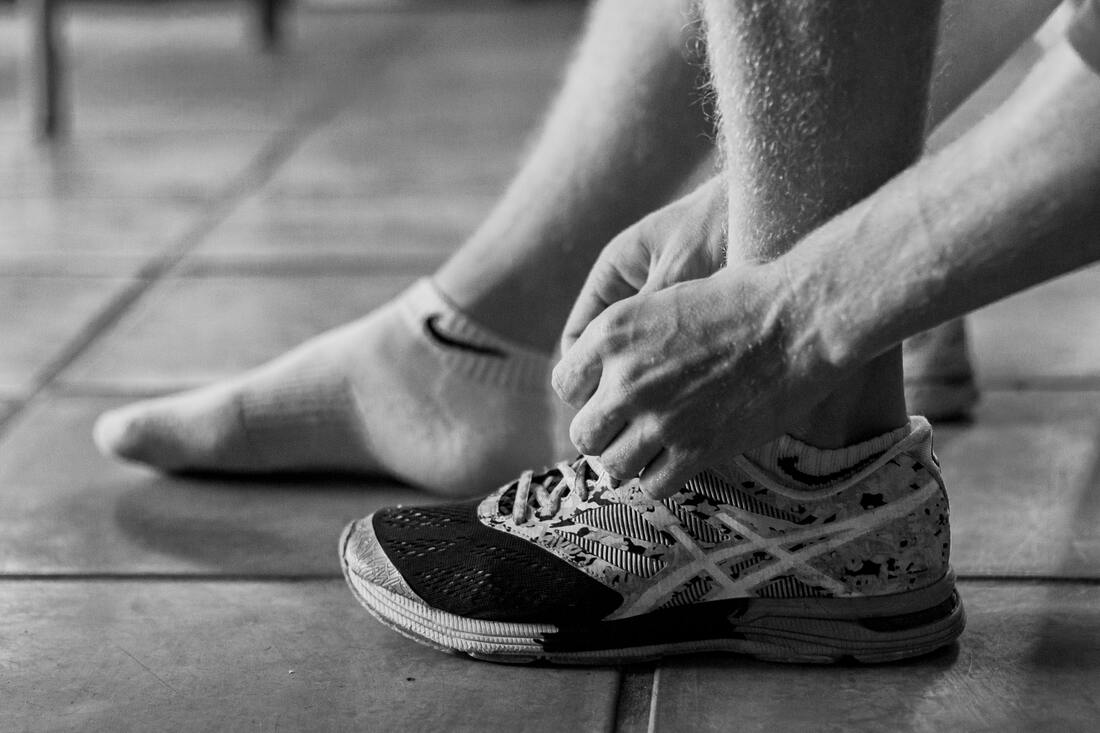I never thought that it would happen to me Photo by Akim Young on Unsplash Suddenly your shoulder clicks and you are in a land of pain whenever you move out of a minimal range of motion with your arm. I know. It happened to me. I was doing nothing more than brushing my hair.
As President Trump would say, it's a horrible thing. Movements which were previously unconscious and innocuous suddenly produce shrieking bone pain which can start in your lower arm and run up to your shoulder. (Ah! I just had a twitch then!) Shoulder pain or tightness is common, affecting 18 to 26 per cent of adults. And frozen shoulder - the most severe impingement - is estimated to affect 2%–5% of the general population, and can be significantly painful and disabling. To be honest, I did not see myself as a likely candidate for shoulder impingement. Your weak hip muscles are costing you running efficiency Photo by Jenny Hill on Unsplash Judging by the number of other runners who ask me what I am doing, it's apparent that warming up, warming down and stretching our hip flexors is a bit of a lost art. That's unfortunate, and not just for runners.
I do a simple couple of hip flexor warm-ups and warm-downs, which I recommend for all runners. It's attention to these kinds of movements that has enabled me to run every day ~5km for nearly 300 days injury-free. Hip mobility is essential for everyone and runners in particular. (When running we use our hip flexors, especially the iliopsoas, to lift the leg with each stride.) With running, hip flexors can suffer from muscle weakness and muscle tightness, causing tenderness and pain. Managing fatigue, rest, recovery and technique to avoid injuries Photo by Dulcey Lima on Unsplash On my local running trails, people know me as the old guy that runs daily. Some shake their head in disbelief as this 72-year old makes a good pace along the track, and some shake their head in disbelief that I should be so foolish. (MostlyI get cheery smiles and nods.)
What I notice is how many other runners fall by the wayside, with injuries. Running every day is fine if you can do it without injuring yourself. Here's how I manage fatigue, rest, recovery, awareness, breathing and natural time to avoid injuries. Rollers and compression garments are low on the list Photo by Victoire Joncheray on Unsplash We've all experienced it - that pain that starts to swell from within about 12 hours after a tough, or unusual, exercise session. From there, it can get worse, making it painful to walk up steps after about 2 days. There's good news and bad news. The good news is that it will disappear. The bad news? There's little that can we can do to make it disappear a lot faster.
We'll take a look at the best four things that scientists regard as proven to reduce the pain. It's a short list (based on recent research). The main reason is dry eyes, but there is more you can do to helpIf your eyes feel like they're burning by 8 pm, you've got screen fatigue. Last week, mine did the same. So I did something about it.
Before the pandemic I was already working mostly at home, going into the city perhaps two days a week. Now I'm spending longer in front of the screen, and my eyes are sore at night. I researched tips to relieve tired eyes, and I've put the best three into practice myself. Waking with headaches told me that I had to do something differentlyEven though I mostly worked from home before the pandemic, I am now working totally from home. Over the last two months, my neck muscles have felt more and more tense by the end of the day.
I've started doing three simple, quick stretches, and now my neck is feeling lighter. That's good news, because I also had light headaches every day, and even waking up with them. I suspected those were tension headaches. Four at-home exercises to strengthen your ankles and avoid injuryDuring the lockdown, we are allowed (in Australia) to leave our homes for exercise - alone or with one other person. There are many more people walking now than before the lockdown, which is good to see.
As we walk more often and become more ambitious to walk longer distances, it is sensible to pay attention to our foot health. Conversely, imagine if you injured a foot while walking - you would be deprived of the pleasure and relief of being able to get out of the house each day for exercise. Although we know that maintaining the flexibility of our feet reduces the chance of injury, we rarely attend to it. Newsletter: True or false - A Nightly Protein Shake Will Help You Lose Weight? We Examine The Facts8/3/2020 Plus, Should you try a vegan diet?
[Copy of my weekly newsletter] Please enjoy my hand-picked 4 Most Valuable pieces of content that I found this week, to help you live longer better.
These four topics stood out to me (click the links below):
I hated doing them also, until now
For me, and others I see at the gym, doing "pull" exercises is not common. Not as common as "push" exercises.
The "pull" that I don't look forward to is bent-over rows - in whatever form. They pull at my hamstrings. A simple "natural movement" has helped me be more willing to do more bent-over rows. That's important because we all need more balance between push and pull. Here's what I learned, and now do daily. Like breaking up, warming up seems hard to do. At least that's my observation based on 20 years of going to the gym. People seem to hate warming up as much as they hate stretching after a workout. They just don't, or won't, do it. They say that warming-up up is hard to do |
ChoicesSince I was diagnosed at 50 with Type 2 diabetes I've been learning how to do bone-building fitness training which lowers my age. You can too. It's your choice. Walter Categories
All
Archives
May 2023
|






 RSS Feed
RSS Feed



